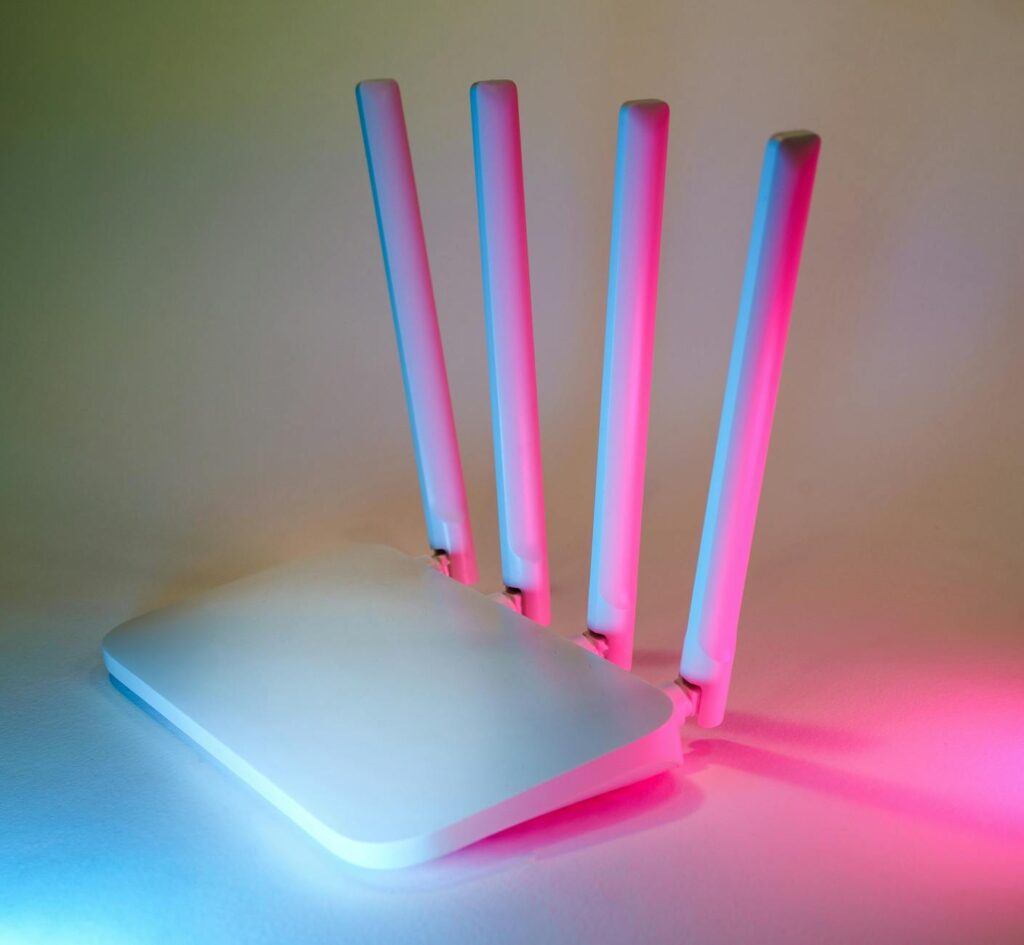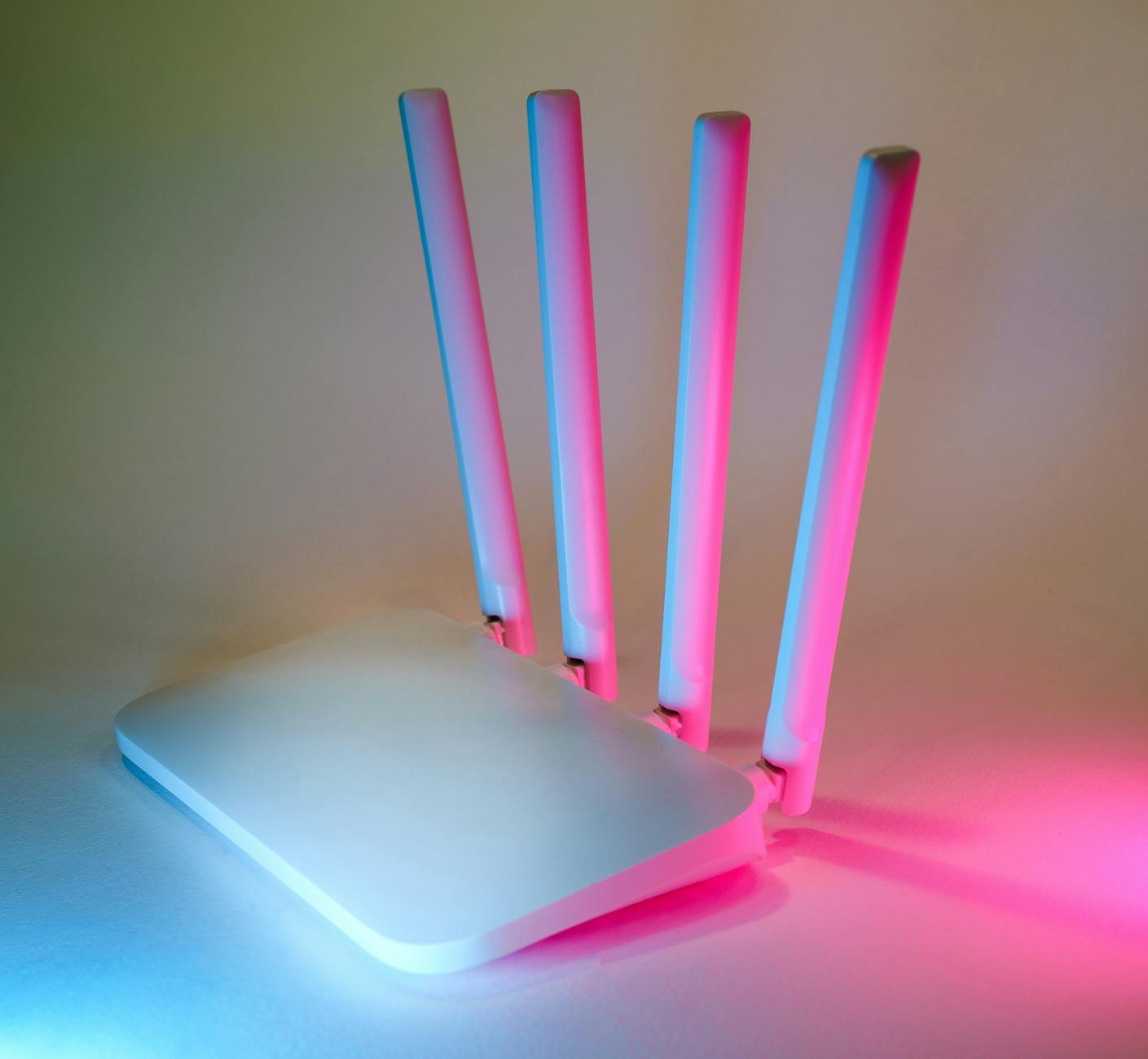In the dynamic world of smart homes, lighting plays a key role in enhancing both the aesthetic appeal and functionality of living spaces. With the evolution of smart lighting protocols, choosing the right one has become crucial. Wi-Fi, Zigbee, and Z-Wave are among the leading technologies vying for dominance in this sector. This post explores these protocols in detail, providing insights to help you make informed decisions for your smart home lighting setup.
Introduction to Smart Lighting Protocols
Smart lighting systems have transformed how we illuminate our homes, offering unparalleled convenience, energy efficiency, and customization. These systems rely on various protocols to communicate, each with its own set of advantages and considerations. Understanding these can significantly impact your smart home experience.
The Basics of Wi-Fi in Smart Lighting
Wi-Fi is ubiquitous and familiar to most, making it an accessible option for smart lighting. It offers ease of setup and doesn’t require additional hubs, connecting directly to your home network. Wi-Fi enabled lights can be controlled through smartphone apps or voice commands, providing a high degree of flexibility and user control. However, they can strain your Wi-Fi network, especially in homes with many connected devices.

Exploring Zigbee’s Role
Zigbee, a low-power, mesh networking protocol, shines in creating extended, reliable networks of devices. Since it operates on a separate frequency from Wi-Fi, it avoids network congestion, making it ideal for homes with a plethora of smart devices. Zigbee requires a hub to connect the network to the internet but excels in scalability and energy efficiency, which is paramount for extensive smart lighting setups.
Understanding Z-Wave and Its uniqueness
Z-Wave, similar to Zigbee, utilizes a low energy mesh network. Its strength lies in its robust security and extensive range. Z-Wave operates on a completely different frequency, avoiding interference from Wi-Fi and most home electronics. Like Zigbee, it requires a central hub, ensuring a more stable and reliable connection for your smart devices. Z-Wave’s interoperability among different manufacturers’ products stands out, promoting a versatile and user-friendly ecosystem.
Wi-Fi vs. Zigbee vs. Z-Wave: Performance
When it comes to performance, each protocol has its sweet spot. Wi-Fi’s direct internet connection offers higher data speeds, suitable for applications requiring real-time control and updates. Zigbee and Z-Wave shine in their low-power consumption, long-range, and high-device connectivity, catering to extensive and complex smart home systems.
Security Considerations
Security is a paramount concern in smart homes. Wi-Fi, while convenient, is often scrutinized for its vulnerability to security breaches. Zigbee and Z-Wave boast strong security measures, with Z-Wave in particular offering S2 security, which provides an extra layer of encryption and security for smart home networks.
Installation and Ecosystem Compatibility
Installation ease varies among the protocols. Wi-Fi devices usually offer plug-and-play installation, requiring minimal technical knowledge. Zigbee and Z-Wave devices may require additional steps, like connecting to a compatible hub, but this ensures a more secure and robust network. Compatibility with other smart home devices also varies, with Zigbee and Z-Wave often leading in cross-brand interoperability.

Conclusion
Choosing the right smart lighting protocol can significantly enhance your smart home experience. Wi-Fi offers convenience and immediate integration, Zigbee scales seamlessly and efficiently, while Z-Wave provides secure, extensive network capabilities. Consider your specific needs, including the size and complexity of your smart home setup, the priority of security, and the desired ease of use to make the best choice.
Frequently Asked Questions
Can I use multiple protocols in my home? Yes, you can use multiple protocols in your home, but ensure that your devices are compatible or that you have the necessary hubs for each protocol.
Do these protocols work with all smart devices? Not all smart devices are compatible with every protocol. Check device specifications for compatibility information.
Is one protocol better than the others for larger homes? Zigbee and Z-Wave are generally better for larger homes due to their mesh network capabilities, which enhance range and reliability.
How do security features compare among these protocols? Z-Wave tends to have stronger security features, including enhanced encryption and secure communication channels.
Can these systems be integrated with voice assistants? Yes, most smart lighting systems can be integrated with popular voice assistants, but compatibility may vary based on the protocol and device.





